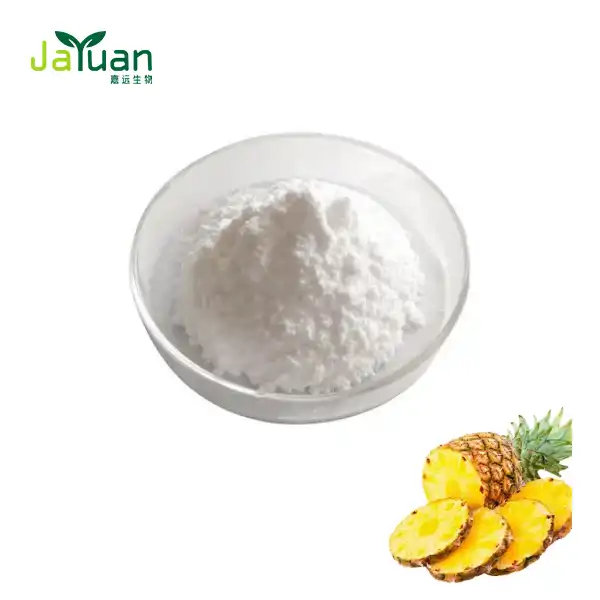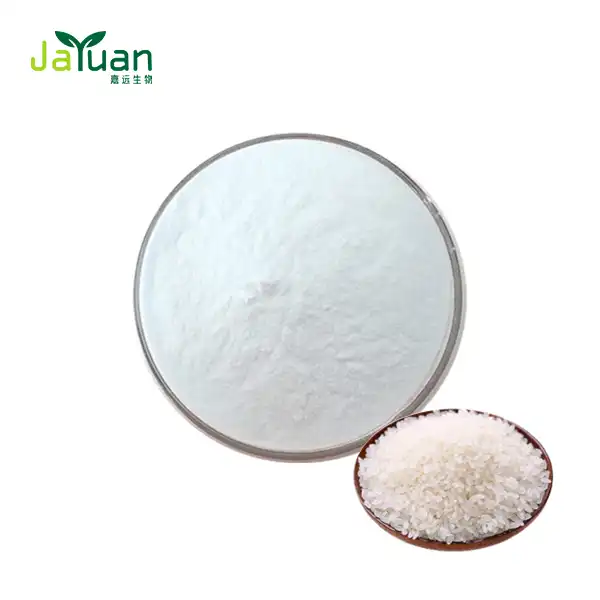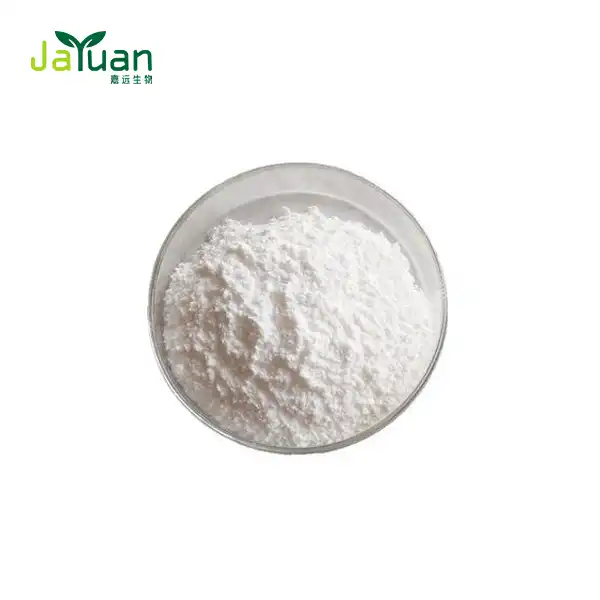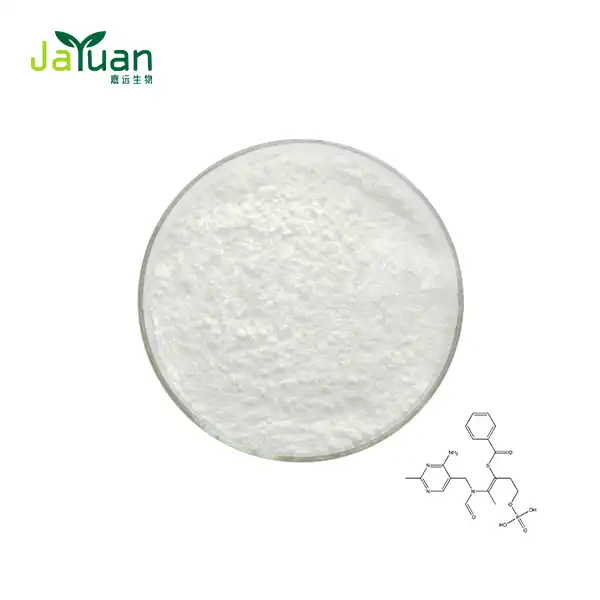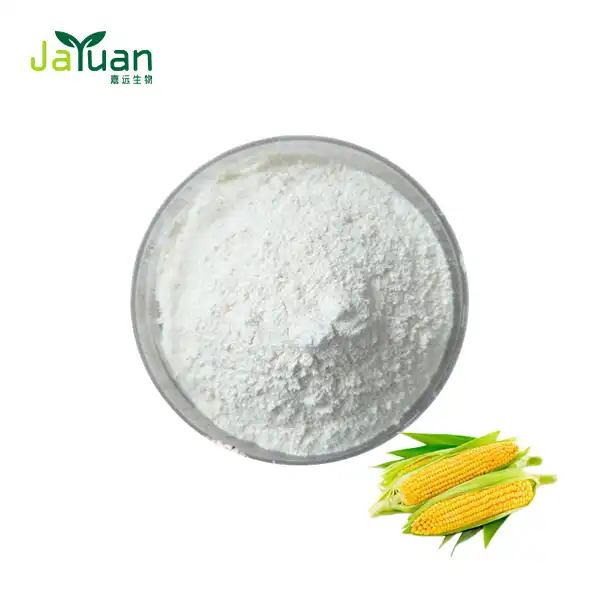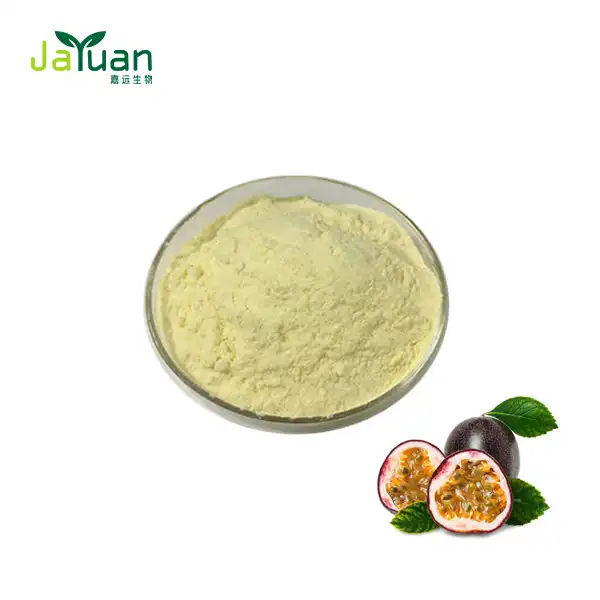Can capsaicin burn your skin?
In the event that you've at any point slashed hot peppers without gloves or unintentionally contacted your eyes in the wake of taking care of fiery food, you've probably encountered the consuming sensation brought about by capsaicin. However, what precisely is capsaicin powder, and could it at any point truly consume your skin? We should plunge into the universe of this red hot compound and investigate its consequences for our bodies. Capsaicin is the dynamic part in stew peppers that gives them their fiery kick. It can be found in a variety of forms, including capsaicin powder, which is utilized in a variety of culinary and medical products. While capsaicin is known for its capacity to cause a consuming situation in the mouth, many individuals wonder about causing real consumes on the skin potential.
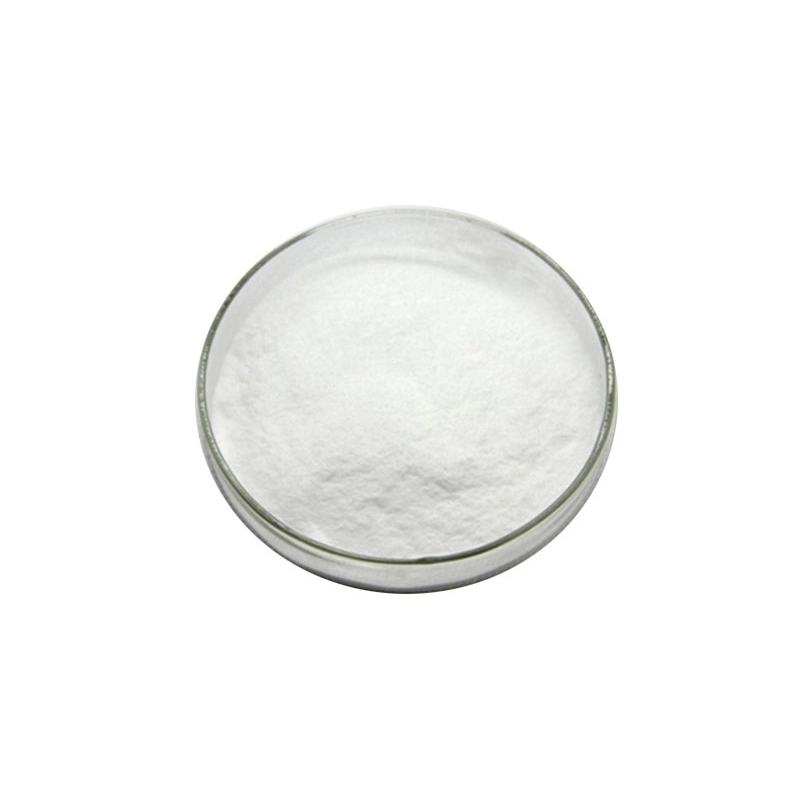
The Science Behind Capsaicin's Burning Sensation
To comprehend whether capsaicin can consume your skin, it's fundamental for know how it functions. In our nerve cells, capsaicin interacts with TRPV1 (transient receptor potential vanilloid 1) receptors. These receptors are answerable for identifying and controlling internal heat level.
Capsaicin applies its belongings by communicating with explicit receptors in the body known as TRPV1 receptors, which are important for the body's tangible framework answerable for distinguishing intensity and torment. At the point when capsaicin ties to these receptors, it sets off an impression of intensity and consuming. This is on the grounds that TRPV1 receptors are enacted by high temperatures, and capsaicin basically fools the body into seeing a sensation like being presented to extraordinary intensity.
At the point when capsaicin powder is applied to the skin, it can create a consuming uproar like that of contacting a hot surface. This isn't on the grounds that it in a real sense consumes the skin, yet rather in light of the fact that it animates the TRPV1 receptors, which convey messages to the mind that are deciphered as a consuming sensation. The force of this sensation can differ contingent upon the convergence of capsaicin and the awareness of the singular's skin.
Capsaicin doesn't make genuine actual copies or harm the skin like warm copies would, however it can prompt impermanent inconvenience, redness, or disturbance. This bothering happens on the grounds that capsaicin drains the substance P, a neuropeptide engaged with sending torment signals, from sensitive spots. Consequently, there may be a reduced sensitivity to pain in that area after an initial intense burning sensation.
It's interesting to note that capsaicin powder and other forms of this compound don't actually cause physical burns or raise your skin's temperature. Instead, they produce an experience that resembles burning. For this reason the impacts of capsaicin are frequently portrayed as a "substance copy" instead of a genuine warm copy.
Skin Reactions to Capsaicin: What to Expect
While capsaicin doesn't cause genuine consumes, it can absolutely prompt some awkward skin responses. At the point when unadulterated capsaicin powder or other capsaicin-containing substances come into contact with your skin, you could insight:
- Redness and inflammation
- Intense burning or stinging sensation
- Itching
- Swelling
- Increased sensitivity to touch and temperature
These responses can shift in power contingent upon the grouping of capsaicin and the responsiveness of your skin. Certain individuals might encounter gentle uneasiness, while others could find the sensation unendurable. Quite important rehashed openness to capsaicin can prompt desensitization over the long haul, which is the reason certain individuals can deal with spicier food sources as they become acclimated to them.
In uncommon cases, people with very touchy skin or sensitivities could encounter more extreme responses, like rankling or hives. In any case, these occasions are remarkable and commonly happen just with extremely high centralizations of capsaicin or in individuals with previous skin conditions.

Treating and Preventing Capsaicin-Induced Skin Irritation
If you find yourself dealing with the unpleasant effects of capsaicin on your skin, there are several steps you can take to alleviate the discomfort:
- Wash the affected area: Rinse the skin thoroughly with cool water and mild soap to remove as much of the capsaicin as possible.
- Apply a neutralizing agent: Substances like milk, yogurt, or vegetable oil can help neutralize the capsaicin and soothe the skin.
- Use a cool compress: Applying a cool, damp cloth to the affected area can help reduce inflammation and provide relief.
- Try over-the-counter remedies: Calamine lotion or hydrocortisone cream can help alleviate itching and inflammation.
- Avoid hot water: Hot water can reactivate the capsaicin and intensify the burning sensation, so stick to cool or lukewarm water when washing.
Prevention is always better than cure when it comes to capsaicin-induced skin irritation. If you're working with pure capsaicin or handling spicy peppers, consider taking these precautions:
- Wear gloves when handling capsaicin or spicy foods
- Avoid touching your face, eyes, or other sensitive areas after handling capsaicin
- Work in a well-ventilated area to prevent inhalation of capsaicin particles
- Wash your hands thoroughly with soap and cool water after handling capsaicin
- Use utensils instead of your hands when possible
It's important to note that while capsaicin can cause discomfort, it also has numerous beneficial applications. Capsaicin powder is used in various topical creams and patches for pain relief, particularly for conditions like arthritis and neuropathy. Its ability to desensitize nerve endings makes it an effective treatment for chronic pain when used under medical supervision.
In the culinary world, capsaicin adds flavor and heat to dishes, and many people enjoy the endorphin rush that comes with consuming spicy foods. Some studies even suggest that regular consumption of capsaicin may have health benefits, such as boosting metabolism and reducing inflammation.
Conclusion
In conclusion, while capsaicin doesn't cause actual burns in the traditional sense, it can certainly create a burning sensation on your skin. Understanding how this compound works and taking proper precautions can help you enjoy its benefits while avoiding uncomfortable side effects. Whether you're cooking with hot peppers or using capsaicin-based products, a little knowledge goes a long way in ensuring a positive experience with this fascinating compound.
If you're interested in learning more about plant extracts like pure capsaicin or exploring their potential applications, don't hesitate to reach out to us at sales@jayuanbio.com. Our team of experts is always ready to provide information and assistance with high-quality plant extract products.
References
- Szallasi, A., & Blumberg, P. M. (1999). Vanilloid (capsaicin) receptors and mechanisms. Pharmacological Reviews, 51(2), 159-212.
- Sharma, S. K., Vij, A. S., & Sharma, M. (2013). Mechanisms and clinical uses of capsaicin. European Journal of Pharmacology, 720(1-3), 55-62.
- Fattori, V., Hohmann, M. S., Rossaneis, A. C., Pinho-Ribeiro, F. A., & Verri, W. A. (2016). Capsaicin: Current understanding of its mechanisms and therapy of pain and other pre-clinical and clinical uses. Molecules, 21(7), 844.
- O'Neill, J., Brock, C., Olesen, A. E., Andresen, T., Nilsson, M., & Dickenson, A. H. (2012). Unravelling the mystery of capsaicin: a tool to understand and treat pain. Pharmacological Reviews, 64(4), 939-971.

